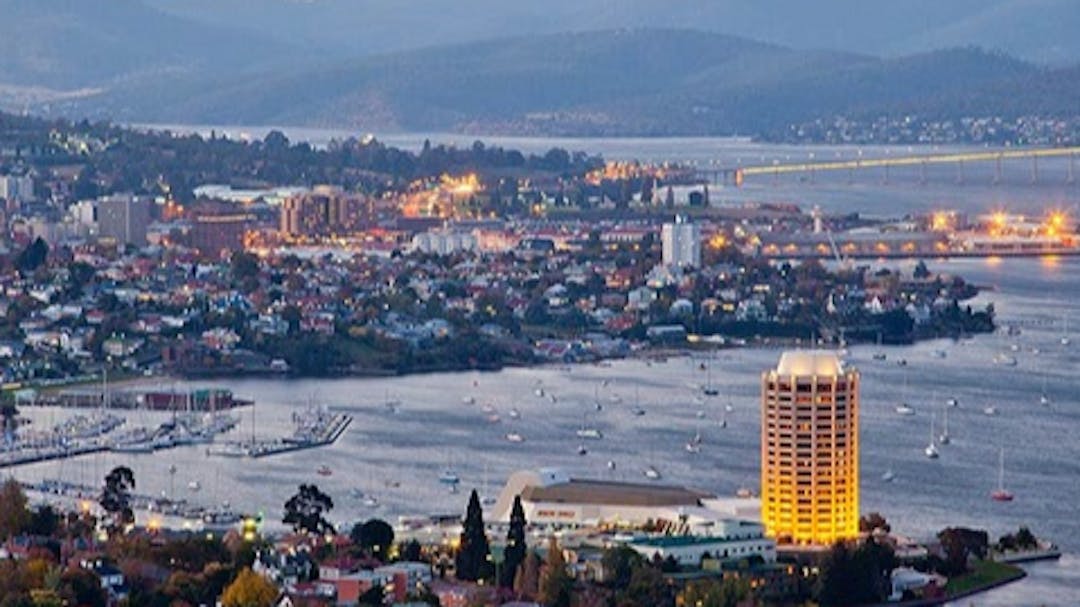Increased Surveillance Services for 4 Towers – Hobart

Our Airspace Modernisation Program (AMP) will enhance the safety and efficiency of Australian airspace and increase access to airspace for the aviation industry through national standardisation and leveraging increased surveillance to enhance service provision. It involves a range of initiatives including Increased Surveillance Services program for 4 Towers.
As part of AMP, we are utilising radar surveillance to provide separation services during tower hours at Hobart, Launceston, Rockhampton, and Mackay airports.
Current air traffic control operations
During tower operating hours, en-route air traffic controllers (located in Melbourne) manage both arriving and departing aircraft above approximately 4,500 feet (1,370 metres). Below 4,500 feet, the local air traffic control tower manage the remainder of the arrival or departure on the designated flight paths to and from the runway. The tower air traffic controller provides this service using specified procedures.
Outside of tower operating hours, en-route air traffic controllers (located in Melbourne) manage both arriving and departing aircraft above approximately 1,500 feet (460 metres) using radar surveillance which detects and displays the location of aircraft so that separation of aircraft can be managed. Below 1,500 feet, aircraft operators continue their track to and from the runway based on the aircraft requirements and air traffic at the time. The tower air traffic control service is not required at night due to the low traffic volumes.
New air traffic control operations
From 16 June 2022, we are changing the service we provide.
During tower operating hours, air traffic controllers (located in Melbourne) will manage both arriving and departing aircraft above approximately 1,500 feet east of Hobart Airport and 2,500 feet (760 metres) west of Hobart Airport. Below these altitudes, the local air traffic control tower will manage the remainder of the arrival or departure on the designated flight path. The tower air traffic controller provides this service without radar surveillance.
Outside of tower operating hours, air traffic controllers (located in Melbourne) will provide a radar surveillance service for both arriving and departing aircraft above approximately 8,500 feet (2,590 metres). Below 8,500 feet, we will provide a flight information service which provides the location of other traffic to aircraft operators. Aircraft will continue to track to and from the runway based on the aircraft requirements and air traffic at the time.
There is no change to existing arrival and departure flightpaths or procedures, and we do not expect any change to the operations currently experienced by the community.
Current Hobart operations
- Hobart air traffic control tower operates between the hours of 5.50am and 10.10pm (one hour earlier in Daylight Savings time).
- On a typical night, 2 aircraft operate into or out of Hobart Airport.
- Night time operations generally including one jet aircraft (Boeing B733) movement and one emergency flight (helicopter or Royal Flying Doctors fixed wing aircraft).
- On a typical busy night there can be up to 4 movements in or out of Hobart Airport and this generally occurs 2-3 times a week.
Next steps
Updates on the progress of this project will be provided in the news feed below.
For questions relating to specific aircraft operations or to make a complaint, please contact our Noise Complaints and Information Service (NCIS)

